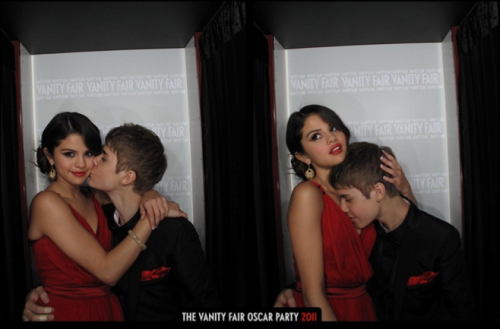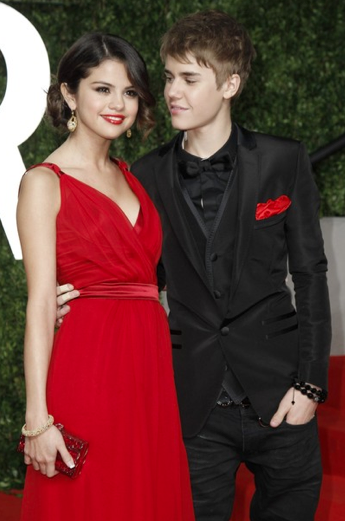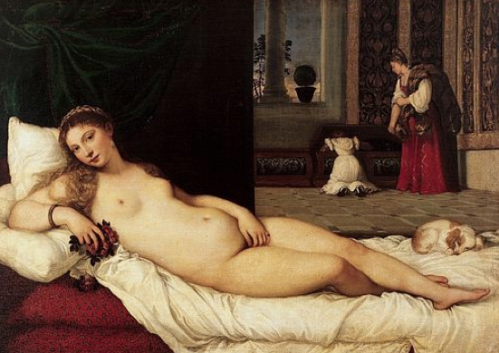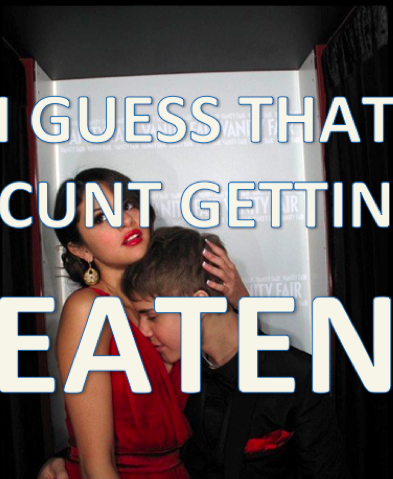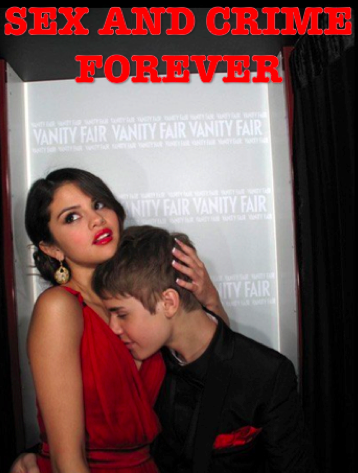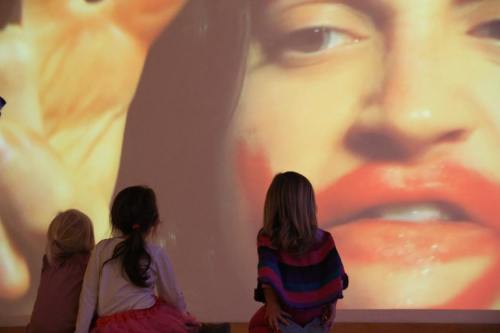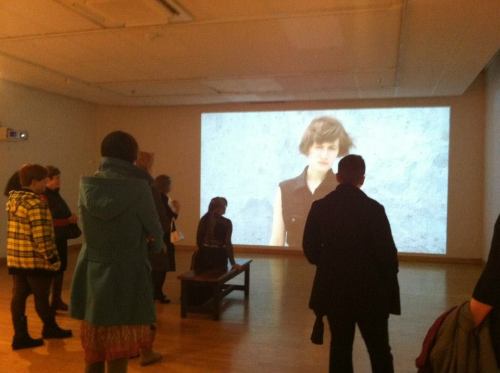or: radical acceptance and/within awareness of entrenched inequalities!
It seems only a very bad intersectional third-wave feminist would begin a meditation/analysis/voyeuristic voyage into the self only thinly covered over by the pretext-guise of the new Miley Cyrus video without railing about racism, but the very first lens through which I viewed this video was one of shameful self-identification and screen memories of being 20.

I realize this is a luxurious position. But I imagine lots of people look at situations from various places of privilege depending on race, gender, sexual orientation, ability, education, etc., so let’s rope in these plebeians, who are also ourselves.
I don’t think Miley Cyrus is a bad person. I don’t know how much involvement she had in the making of the video, the song, her image, the world in which she lives. She could just be a pawn, or she could actively be operating against the interests, safety and health of innumerable individuals. I would like to ask her, but I cannot.
Her new video is pretty unremarkable but it provides the sight of a pretty young woman having fun with friends, a nice enough beat and that ho-hum eroticized enveloping of everything that reminds me very much of how I felt when I was 20. I appreciate being reminded of that feeling, when I first felt like I had a little bit of freedom and could indulge stupidly and dreamily in the idea and actuality of the sex/power daze.
I fantasize that Miley Cyrus, being free of her father’s direct influence, is finally taking her own imperfect steps to adulthood! not as a good little credit to her family/father, etc. but as her own wild ‘n crazy adolescent! This could be nothing but my own projective fantasy, but I find it hard to believe that all people don’t extrapolate universally from their own personal experiences. “Calling something objective is a subjective statement” said someone at a psychoanalytic conference of my ma’s once.
Perhaps I should provide some philosophical foregrounding to my argument: I consider myself a realist. I contain multitudes–often contradictory–and I am probably more pollyannaish than I acknowledge. So here I come! With acknowledgments. I don’t believe in the existence of an absolute truth. I don’t think anyone looks at anything outside the prism of their own experiences. You can’t divorce the book from its author. If it’s not an autobiography, it’s an allegory. We are all influenced by ourselves, our dreams, fantasies, sources of shame and humiliation, etc. And that’s the way I see it. I’m a psychoanalytically-inclined feminist and I am nothing if not conflicted and into it.
Miley Cyrus’ video is kinda boring (but we’re all kinda boring) and it also includes a lot of problematic elements, as we feminists say. Let’s condemn the problems and educate the practitioners, not scapegoat the people caught up in the action, especially when they’re 20, female and we have no personal reason to begrudge them.
There’s a long tradition of white artists, especially musical artists, brazenly stealing from their black counterparts who are less high-profile and have less cultural reach or capital such that the co-opted work of these white artists is sold as the white artists’ original work because, by virtue of being white, white artists can reach more people. Many people will never see the contributions of the original artists. Classic canonical examples of white usurpers are Elvis and the Beach Boys. This is a legacy in which Cyrus is clearly falling into.
But modern-day white artists who co-opt black music like Justin Timberlake or Eminem don’t get slandered and chastised the way young female ones do. It is telling that Lena Dunham or Twenties flappers or any young female person of child-bearing age who brazenly flaunts the social order by not operating as a selflessly and impossibly virginal childbearer for the patriarchy are blamed where male artists are not. I don’t want to merely blame girls for failing to be perfect or profiting off something that is not natively theirs, nor do I want to merely blame Justin Timberlake nor Eminem! I want to talk with them.
In this new Miley Cyrus video, we see her as she is: a very wealthy, white and famous artist appropriating the artistry of primarily young, black, poor women. Miley is privileged on account of race, class. She is underprivileged on account of gender.
The video contains many elements that make one wonder. “She thinks she’s so cool” and “it’s so derivative.” I can see how these sentiments might prove annoying, but they seem unsatisfying as reprimands because
A) of course she thinks she’s cool! she’s 20! or:
B) of course she doesn’t think she’s cool! that’s why she’s reaction formation symbolically singing it from the rooftops!
C) Why shouldn’t one think one cool? if one doesn’t, who will? I like to think she’s responding to accusation of non-coolness and reclaiming space, away from her family or Disney, not just operating out of nowhere.
Why should she claim her self-worth histrionically by ‘thinking she’s cool’? Worth should be claimed without reducing anyone else’s worth. Worth does not depend on the enforced worthlessness of others.
I want to talk about sex as rebellion. What is there to be sad that hasn’t been said before? She’s asserting her self via her sexuality. Great! Now, of course, it could be said that her sexuality is being expressed in a very traditional-for-2013 way, but that’s just the thing. ‘Sexuality’ and ‘tradition’ are always in flux. This video might have been totally unorthodox and un-feminine and utterly rebellious in 1913. It might seem totally derivative and unoriginal and dependent on the patriarchy for approval now, according to some, but it depends. For my taste, it’s pretty tame and traditional in that she seems to be more (externally) sexy (conservative!) than (internally) sexual (feminist!), but these ideas are so slippery, overlapping and dependent on reference points that are constantly changing.
Is this video derivative? Sure. Off the top of my head, it reminds me of Fiona Apple’s “Criminal,” all the fake death in Santigold “L.E.S. Artistes” and, of course, Lady Gaga. But what is the larger point? If something has been done before, why is that upsetting, or disgusting? And do we behave as virulently when a male artist does the same?
I am reminded of Erikson’s developmental stages (as supplemented by Newman & Newman). At 20, Miley Cyrus is currently in the Later Adolescence stage, wherein her psychosocial crisis is one of Individual Identity v. Identity Confusion. Of course, she’s experimenting with roles, reevaluating herself, playing around with the tools she has available (before realizing she has new tools, or discarding obsolete ones, those not native to her, etc, etc.) to achieve (at some future or n’er reachable point) autonomy.
In other words: She’s 20! Give the kid a break! Which doesn’t mean: Let us all be brainless doormats. People can be allowed freedom to discover! and grow! while also receiving new information about relativity, social context and (really, I’m discovering this is difficult to grasp for a lot of people which doesn’t mean we should give up but rather that we reevaluate how we educate–and not berate–people) racism, sexism, privilege, power and all those kyriarchal intersecting oppressions and how WE TOO can make the world a better place by challenging conventions, not operating according to harmful plans we did not create and which do not serve us.
My feminism contains the crafting of empathy, not just the combating of oppression, which is to say: I find it impossible to fight oppression without empathy. I find it impossible to be fully in support of anything without also having reservations, and healthy skepticism. My feminism is not fanatical or dogmatic. My feminism reneges on itself. I think that makes it better! Or at least more authentic, and less likely to be tempted toward the other side. If one-strike feminism, as I understand feminism that doesn’t take into account contradictions and demands perfect adherence to doctrine, is all brain, it is extreme, and then it is more likely to be bought over by the other diametric extreme. I mean, haven’t we all known someone like the Miley of this video? Or been some part of that Miley? Isn’t the actual Miley Cyrus asking herself the same question, perhaps inspiring the creation of this video, this celebration of sex, self and fun that is inadvertently appropriative, racially insensitive and just seemingly unaware?
I feel very protective of and constantly curious as to the feeling expressed by this video: the appearance of show-off sexiness and freedom and impudence, the classic late adolescent announcement of worth and having a worthy, cool body and worthy, cool friends (black friends! EXOTIC friends, hence I too am exotic, and worthy). This video says “I’m doing all this stuff and I’m still ok! Perhaps the patriarchal Christian culture/family I grew up in told me girls and sex were inherently bad/dirty and yet I still feel good and I’m still here! Sex and me are both OK! So let’s celebrate by dancing in the pool, touching on our bodies!” et al. This is an important feeling. The desire for worth and the celebration of worth as one grows into an adult. What I perceive as being the issue here is the cruel necessitation of Others that reduces people to signifiers of unbridgeable difference and exoticism as an appendage to oneself and fully for oneself, not allowing other people to be people and not Others with their own desires for worth and celebration on their own terms and not as pawns.
I guess what I’m trying to say here is both a) everything is relative, we all want to be worthy individuals and b) there is a hierarchical and corrupt system of power at work that privileges some people at the direct expense of other equally worthy people with the same goal. I don’t believe there had to be a winner and a loser. We can all coexist. But my (totally realizable) fantasy of giving equal credence to all who desire worth MUST take into account the corrupt existence of power differentials. We all want freedom! But we have very different and unfair opportunities to achieve it, based on sex, race, class, etc.
Thus, it’s vital to talk more about race but not at the expense of gender. I want Miley Cyrus to explore and express her sexuality, in however trite or uncreative or awesome or uniquely felt way! And I also want the wide unacknowledged swathe of primarily black, working-class girls to have the same luxury and not be punchlines or punching bags, etc.
In a patriarchy, all women who express their sexuality (and all men who fail to live up to the impossibly anti-human standards of masculinity) are stigmatized with labels like slut and whore and etc. They hurt! no matter how artificial and meaningless the labels, and despite the knowledge that nothing is inherently anything since everything is dependent on context and sexuality is great or awful depending on circumstance and that name-calling reveals more about the name-caller and the culture that created the cruel names than it does about any human behaving like a human. Because these labels hurt, they fulfill the function for which they were intended: they shame women into inaction and/or irresponsibility. To rebel against the slander is to acknowledge that the social purpose of the stigma is to silence women into subservience so that patriarchy is maintained.
In a white supremacy, all non-white people are stigmatized with racist labels and socially/institutionally/psychologically internalized mandates of animalism that is manifested is sex and violence. The social function of these stereotypes is the maintenance of white power. As per pseudospeciation, the dominant white group slanders the non-dominant group into submission by deeming them inferior and inhuman, hence neutralizing the threat of the powerless and absolving the powerful of guilt. Of course, the slander and labels are totally artificial but their impact isn’t. Stereotypes are particularly pernicious because their lies are reified/realized when all other options but sex and violence are closed to non-whites on account of the stereotypes that were originally fabricated to dehumanize them.
Sexism and racism are different phenomena but oppressions fundamentally resemble each other because they all operate on the same principle: Shaming and stigmatizing the Other into silence so they do not hold power.
I want to create space for all people to go through their embarrassing comings-of-age and not be condemned by feminists, or common misogynists/racists, anyone scapegoating and dehumanizing anyone else and denying them human worth in order to feel worthy themselves and maintain bodily and/or political power over another human being. Education over castigation!
In the spirit of ‘blame the system, not the victim,’ I think it better we not begrudge Miley but challenge society not to operate hierarchically and projectively, blaming everyone but themselves.
Instead of relying on outdated ideas and easy bigotry, we should talk about cultural awareness, respect for those who are non-white, non-male and celebrate sexuality and vulnerability, allow for embarrassment and uncreative but evocative music videos ‘cause we all learn in our own time and if it works, it works. Humility, humanity and inclusion can make us happier and less liable to hurt other people for our own problems.
And finally, I personally don’t mind that Miley twerks but I do wish that more women, men and everyone valued sexuality and bodies and dancing and reading and hanging out and that humanness wasn’t cause for censure and slander, that black women in particular were afforded respect and admiration. If a white lady wants to do a dance that is born of a non-white experience that is specifically undervalued and cruelly stigmatized by a misogynistic, racist society, I think we all need to understand the social-historical context. My social justiceness wants people with privilege to use it for good! And actively work for people less privileged at the forefront. And my psychoanalytic projective identificationness (what’s going on here is I’m making up words) wants to let people make their own mistakes and be guided, with respect and warmth. I think these two desires dovetail!
If we’re just condemning Miley, we’re falling for the bait-and-switch. Since we’re not condemning Justin Timberlake and innumerable other racial accessorizing male artists, we’re not adequately challenging the intersections and contradictions of both racism and sexism. I can’t get behind blaming the practitioner without adequate attention paid to that culture that created her.
We’re all part of that culture and have inherited corrupt ideologies about human worth that blame sex, women, people of color and a plethora of others for the problems of the repressed white male-coded authority which surely was itself victimized by other traumas and prejudices. (no one wins in the kyriarchy, not even the winners.)
So let’s break this cycle! We’re all locked into a system that tells us to blame other people (Miley! black folk! et al.) instead of confronting our own fears of being “derivative” adolescents afraid we’re uncool. We’re on a conveyor belt, recycling the same old drivel and hurting other people because we’re so afraid of ourselves. We’re sexual! We’re violent! We may not make the best music videos but we learn to be better by kindness, not castigations! And now we have the tools to change. A revolutionary move (that doesn’t work in a vacuum, but it’s a good start): Being nice (foremost to ourselves and hence Miley Cyrus).
Addendum: Love these thoughts from Lachrista Greco of Guerrilla Feminism!
And this is my favorite analysis of all.
Read Full Post »



